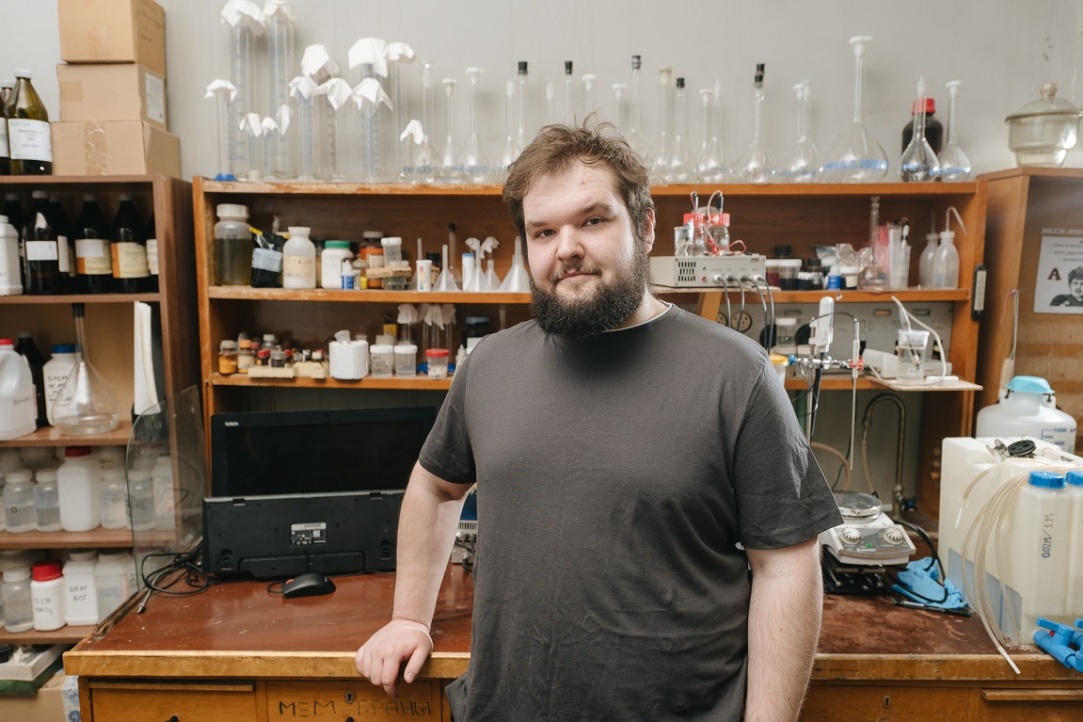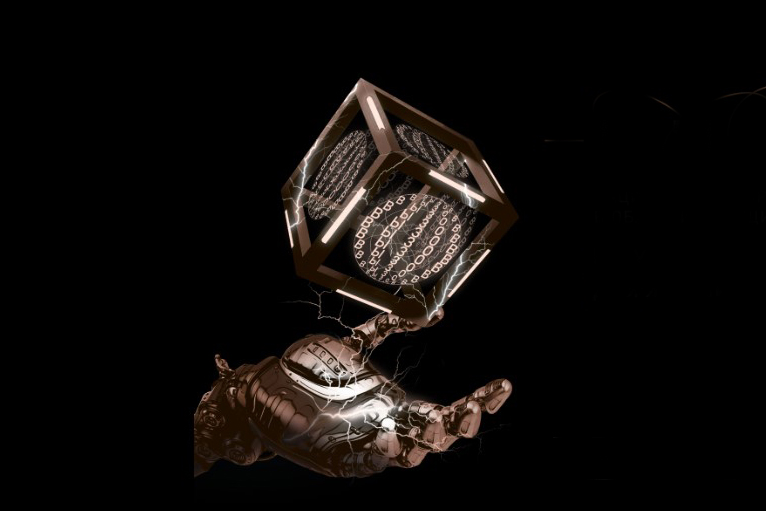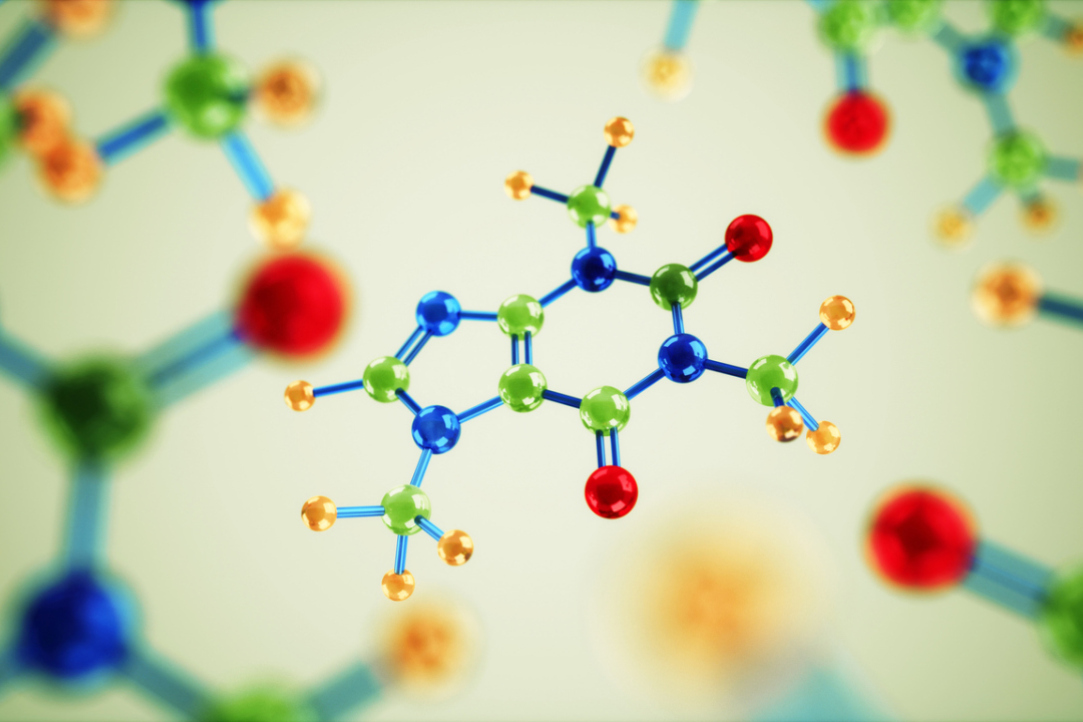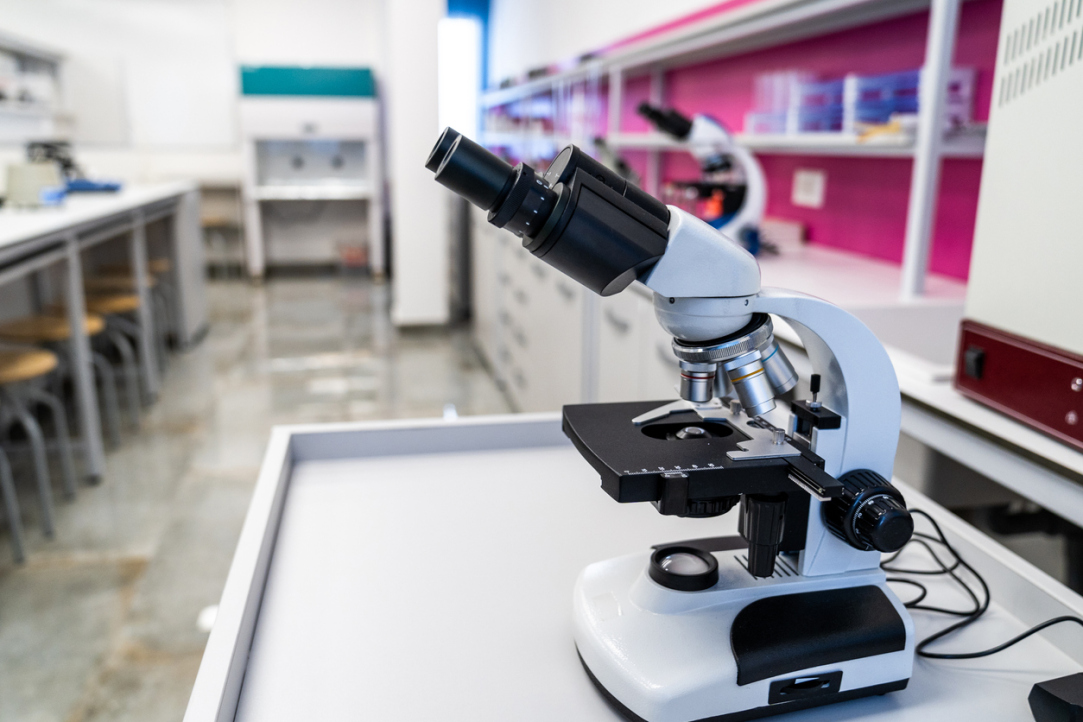Andrey Manin's research focuses on membranes, but he has not yet decided whether to dedicate his PhD thesis to those used in water desalination or those involved in new types of electricity generation. In this interview with the HSE Young Scientists project, he recalls how he once disliked organic chemistry, enjoys watching retro films at Illusion Cinema, and was fascinated by Red Square as a child.












